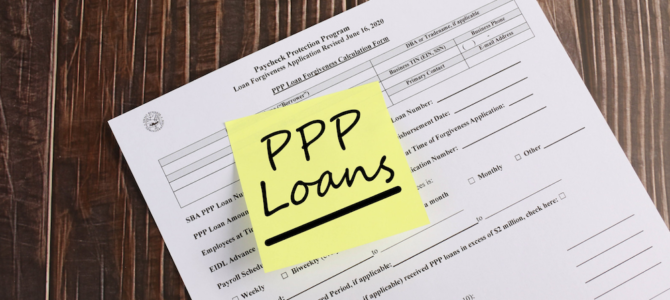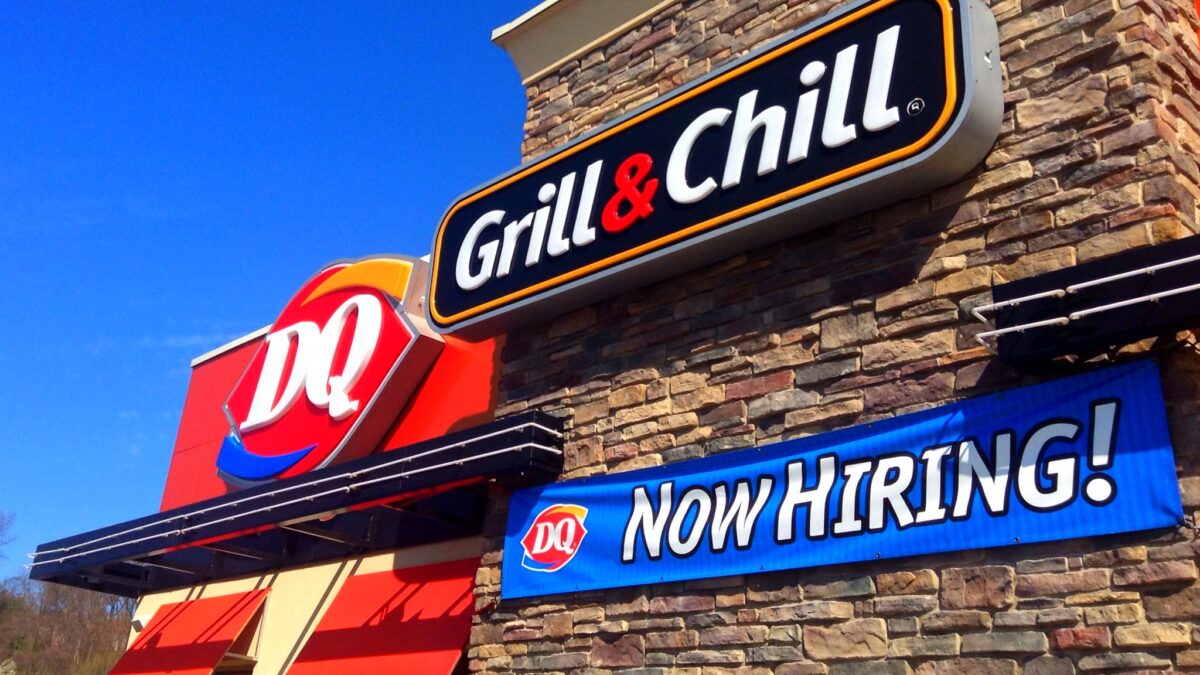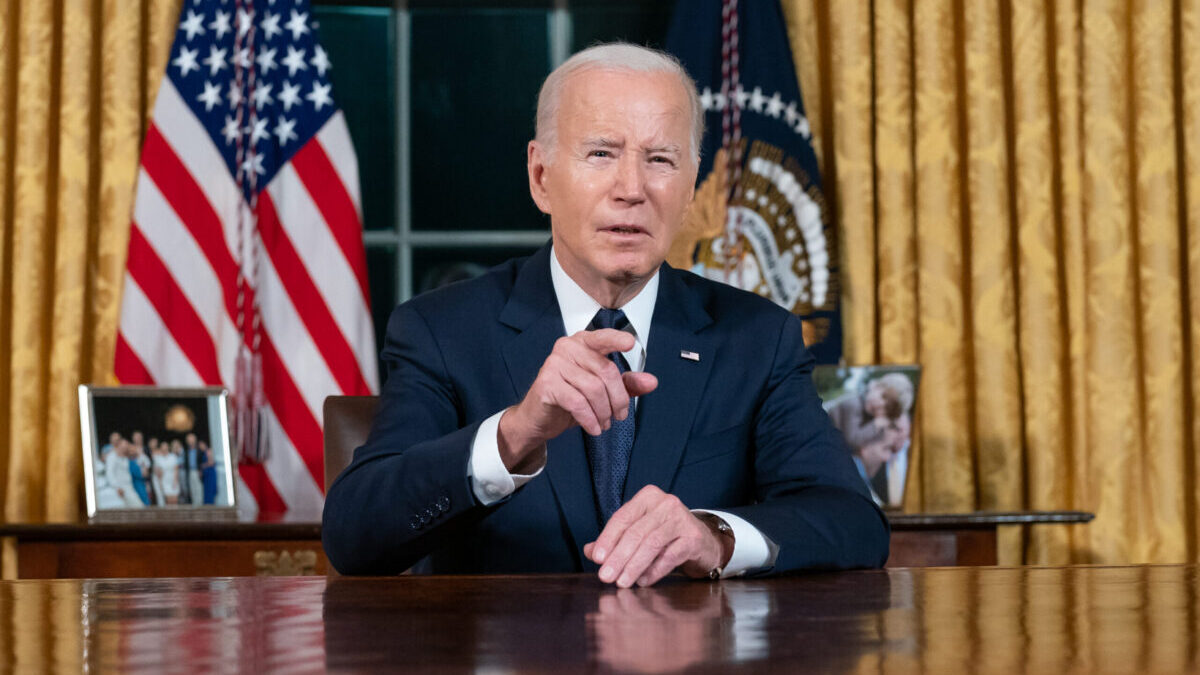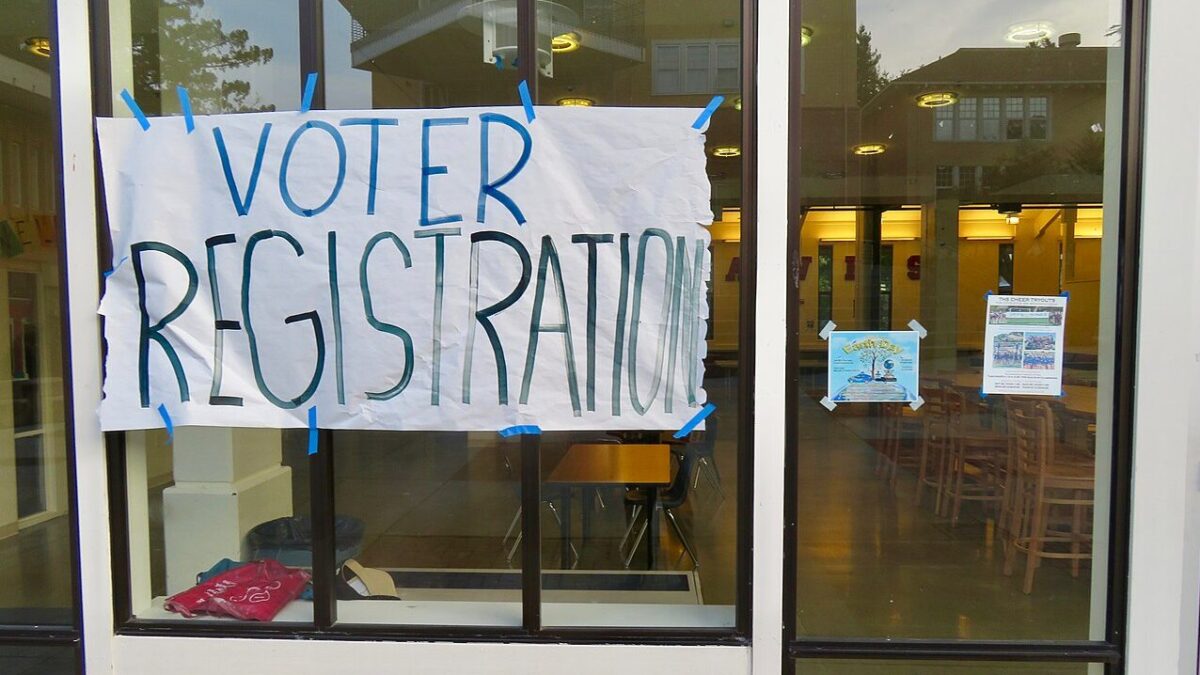With the Paycheck Protection Program, or PPP, having ended Aug. 8, Congress must now decide whether to extend the program, which was part of the CARES Act passed in March. PPP is meant to help small businesses keep their workers on the payroll, and it initially provided nearly $350 billion for loans and subsequently delivered an additional $320 billion in May. Last week, House Democrats released a $2.2 trillion stimulus package that includes a second round of PPP loans.
Since PPP’s enactment, countless undeserving big businesses have received forgivable loans meant for small businesses, with the nation’s largest bank and biggest PPP loan provider, JPMorgan, revealing that some employees and clients misused PPP loans.
Although appearing worthy on its face, the program and its design are fundamentally flawed. As such, Congress should refuse to renew PPP for two key reasons. First, these taxpayer-subsidized loans stifle the economic adjustments that must take place for the economy to fully recover. Second, the program’s benefits aren’t reaching their intended recipients: small businesses that truly need help.
PPP money is going to big businesses, and the program is disrupting market forces by saving some jobs that would have been lost without COVID-19 and other jobs that will not be sustainable in a post-coronavirus world.
The Small Business Administration, which is responsible for administering PPP, describes this program as “a loan designed to provide a direct incentive for small businesses to keep their workers on the payroll.” According to the U.S. Treasury Department, PPP “is providing small businesses with the resources they need to maintain their payroll, hire back employees who may have been laid off, and cover applicable overhead.”
Economic change and creative destruction are necessary features of any successful economy. They are also incessant when the economy is growing. Economies grow chiefly when newer and more productive businesses arise, yet newer businesses must draw resources and workers away from relatively less-productive businesses.
Since the end of the Great Recession, but before COVID-19, the number of American workers laid off or dismissed each year has averaged 21 million, or roughly 13 percent of the U.S. workforce. That’s a lot of job churn.
PPP is premised on the false notion that every job that existed pre-COVID-19 is a job worth maintaining post-COVID-19. Even in normal times, however, more than one in 10 such jobs would have been eliminated within the year by healthy, competitive market forces.
These times, however, are far from normal. Coronavirus will permanently alter patterns of economic activity and the norms of business. We likely can expect more takeout and delivery restaurants and fewer sit-down ones, an even faster move to online shopping, and significantly reduced attendance at theaters, concerts, gyms, and spas.
If the Wuhan virus had never hit, a large number of jobs still would have been destroyed in 2020. In COVID-19’s wake, the number of such jobs that should be destroyed has increased. Necessary job loss gives way to the creation of newer, more sustainable jobs in a post-coronavirus economy.
Many jobs being saved by PPP will eventually prove unsupportable. In the meantime, new businesses that better meet Americans’ post-COVID-19 economic demands will have a more difficult time finding the workers they need to launch and thrive.
As previously mentioned, one of PPP’s flaws is those small businesses are not the only ones receiving small-business loans. According to the Committee for a Responsible Federal Budget, small businesses claimed only $532 billion of the $670 billion made available in forgivable loans through PPP.
The program has benefitted significantly larger firms, those well above the 500-employee threshold, and located in areas hit by the recession only relatively mildly. For instance, the sector that received the single largest number of PPP loans is the professional and technical services sector, which received about $65 billion total, according to research by MIT’s Lawrence Schmidt and Northwestern University’s Dimitris Papanikolaou. This sector has the highest fraction of employees who work remotely and are thus least exposed to pandemic-related disruptions.
Meanwhile, self-employed workers, who make up 81 percent of small businesses in America, report having the hardest time dealing with the one-size-fits-all Small Business Administration application process. Such difficulty is, of course, all too predictable as these tiny firms don’t have the manpower or know-how necessary to smoothly navigate the tangle of red tape strewn by congressional technocrats.
If PPP is renewed, tomorrow’s price — in the form of delayed economic readjustment — for today’s relief will be high. Big business and corporations will continue to receive loans meant for small businesses, and the U.S. economy will be worse-off post-COVID-19 because Congress chose to save both unsustainable jobs and jobs that would have been lost without the pandemic. Rather than renew a flawed program that benefits big business and saves jobs that should be destroyed, Congress should allow market forces to make the necessary economic adjustments.








